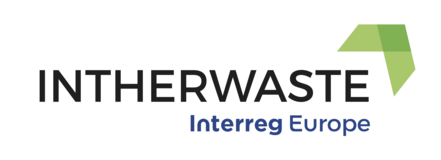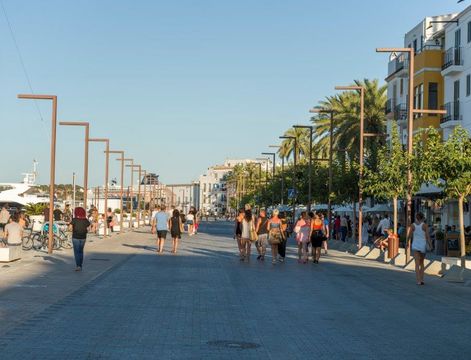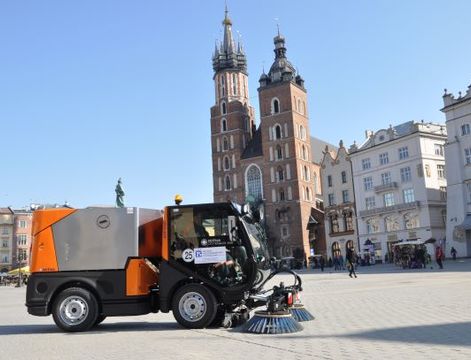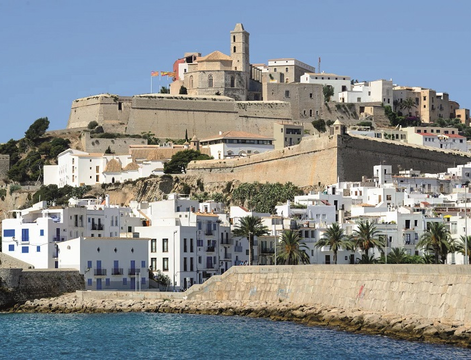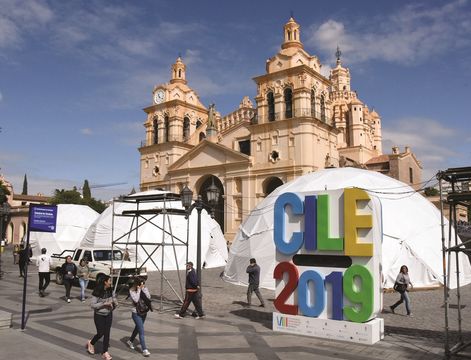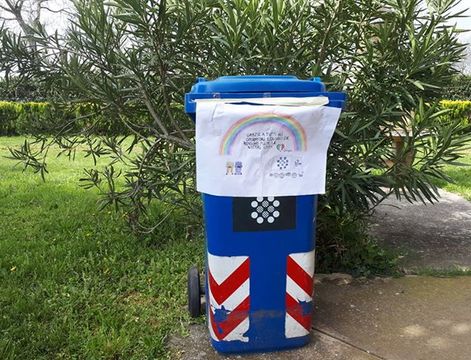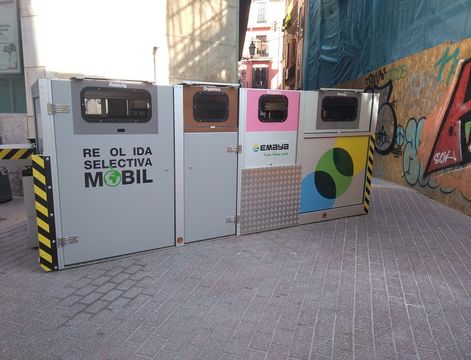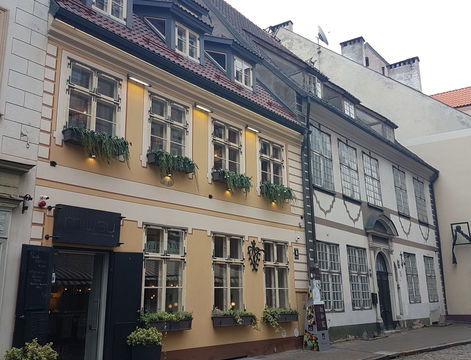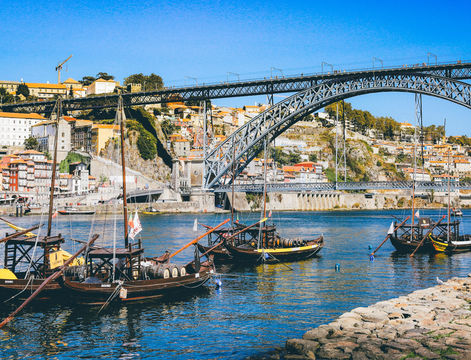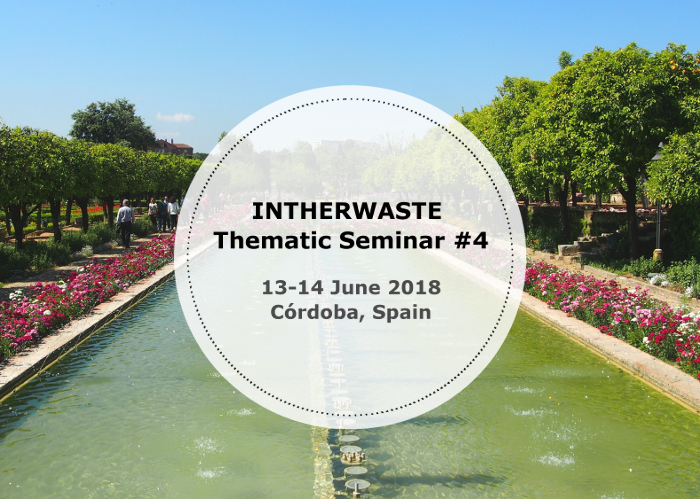On 8 June took place the second INTHERWASTE thematic seminar in Krakow, gathering together participants from the pilot cities, including the new member, Ibiza, and the city of Bergen, Norway, as a guest speaker. They showcased some of the most advanced practices for effective selective waste collection in UNESCO heritage cities.
A strategic approach to selective collection
Speakers provided examples of the establishment of strategic approaches for several fractions and waste management. For instance, the collection in Ribeira (Porto’s heritage area), witnessed difficulties in applying previous standards of waste collection, leading to the development of alternative strategies. The specific system for multi-material selective door-to-door collection was implemented starting in 2015, while in 2016 they launched a study to examine the applicability of a similar approach to the household waste, in order to develop a system fitting all the inhabitants. The results in Porto are low contamination of the selectively collected waste (below 8.5%) for the three key waste streams: paper and cardboard, plastics and metal and glass.
 Krakow on the other hand focused on an integrated scheme which provides selective collection of more specific waste streams such as WEEE, bulky waste, textile and green waste.
Krakow on the other hand focused on an integrated scheme which provides selective collection of more specific waste streams such as WEEE, bulky waste, textile and green waste.
The city of Cordoba provided an example of selective collection separating dry and wet fractions. The success factors were the need of only two containers at home and in streets for collecting the two fractions, high potential for recycling, simpler cooperation among associations and civil groups, and communication campaigns.
Specific fractions require specific solutions
 Humana Estonia, one of the localstakeholders in Tallinn, presented the local textile collection scheme in Tallinn: the amount of collected clothes, toys, shoes and carpets increased nearly three times over the last three years, to more than 400 tonnes annually; the key was a wide network of donors and beneficiaries and a convenient allocation of collection points, positioned where they are supposed to be most active, for example, next to supermarkets and malls. The collected clothing and shoes are sold in second-hand shops or donated to local charities. The size of the containers is about 200 l.
Humana Estonia, one of the localstakeholders in Tallinn, presented the local textile collection scheme in Tallinn: the amount of collected clothes, toys, shoes and carpets increased nearly three times over the last three years, to more than 400 tonnes annually; the key was a wide network of donors and beneficiaries and a convenient allocation of collection points, positioned where they are supposed to be most active, for example, next to supermarkets and malls. The collected clothing and shoes are sold in second-hand shops or donated to local charities. The size of the containers is about 200 l.
 In Ibiza, the existing door-to-door paperboard collection in La Marina was not successful because of the limited available space which resulted in containers for mixed waste overflowing with paper and cardboard. Furthermore, once mixed with municipal waste, this was not suitable for recycling anymore. The municipality then invested €9,000 in setting up six specifically designed containers for commercial paperboard in strategic points, and collection service frequency was increased up to three times a day.
In Ibiza, the existing door-to-door paperboard collection in La Marina was not successful because of the limited available space which resulted in containers for mixed waste overflowing with paper and cardboard. Furthermore, once mixed with municipal waste, this was not suitable for recycling anymore. The municipality then invested €9,000 in setting up six specifically designed containers for commercial paperboard in strategic points, and collection service frequency was increased up to three times a day.
Dedicated mix of instruments for better facilitation of selective collection
A set of economic and technical instruments and solutions are required to facilitate selective collection of waste in order to make it simple for both the residents and other waste generators and waste operators.
The city of Bergen, also a UNESCO heritage city, presented its underground pipe system, which exceeds 7.5 km in total pipe networks length, covering nearly 4,000 households (as of May 2017). Private households, plus 15 business customers have been connected to 124 inlets for residual waste and 83 inlets for paper, beverage carton and plastic as well as one special inlet for cardboard. The added value of this scheme is definitely the “Pay as your throw” system which can be easily added to an already automated waste collection system. This instrument proved to be a very successful incentive, with a reduction in general waste generation by 8.4%. Bergen registered an increase of selective collection by 28% for plastic, and by 10% for glass and metal.

Another success is Tallinn’s deposit and refund scheme on packaging, managed by the Estonian company Eesti Pendipakend, achieving return rates for plastic bottles (87%), metal cans (64%) and glass bottles (89%), exceeding the national law requirements.
The seminar was concluded by a Q&A session facilitated by ACR+, in which participants agreed that a wide variety of solutions is the way to find the most optimal one for each type of urban setting and also apply them to a specific waste stream.
All presentations are available here.
Next Seminar
The next thematic seminar on “Integration of Waste Management Solutions into the Urban Décor of Heritage Areas” will take place in Ibiza on 15-16 November 2017.
